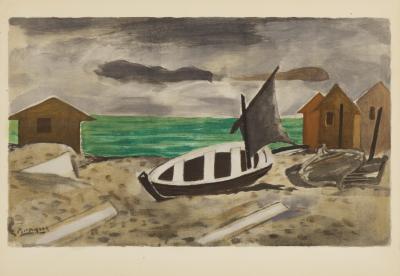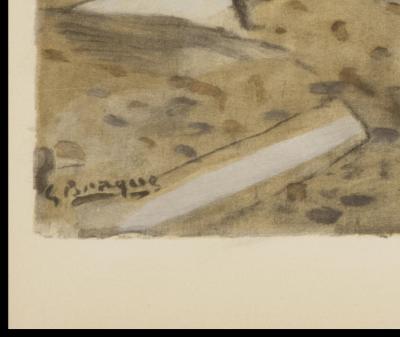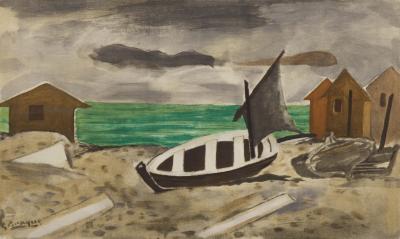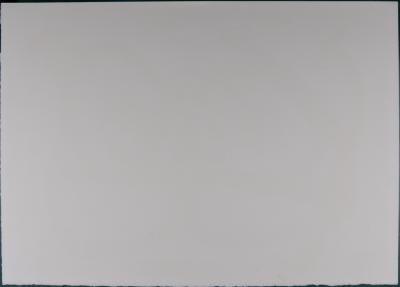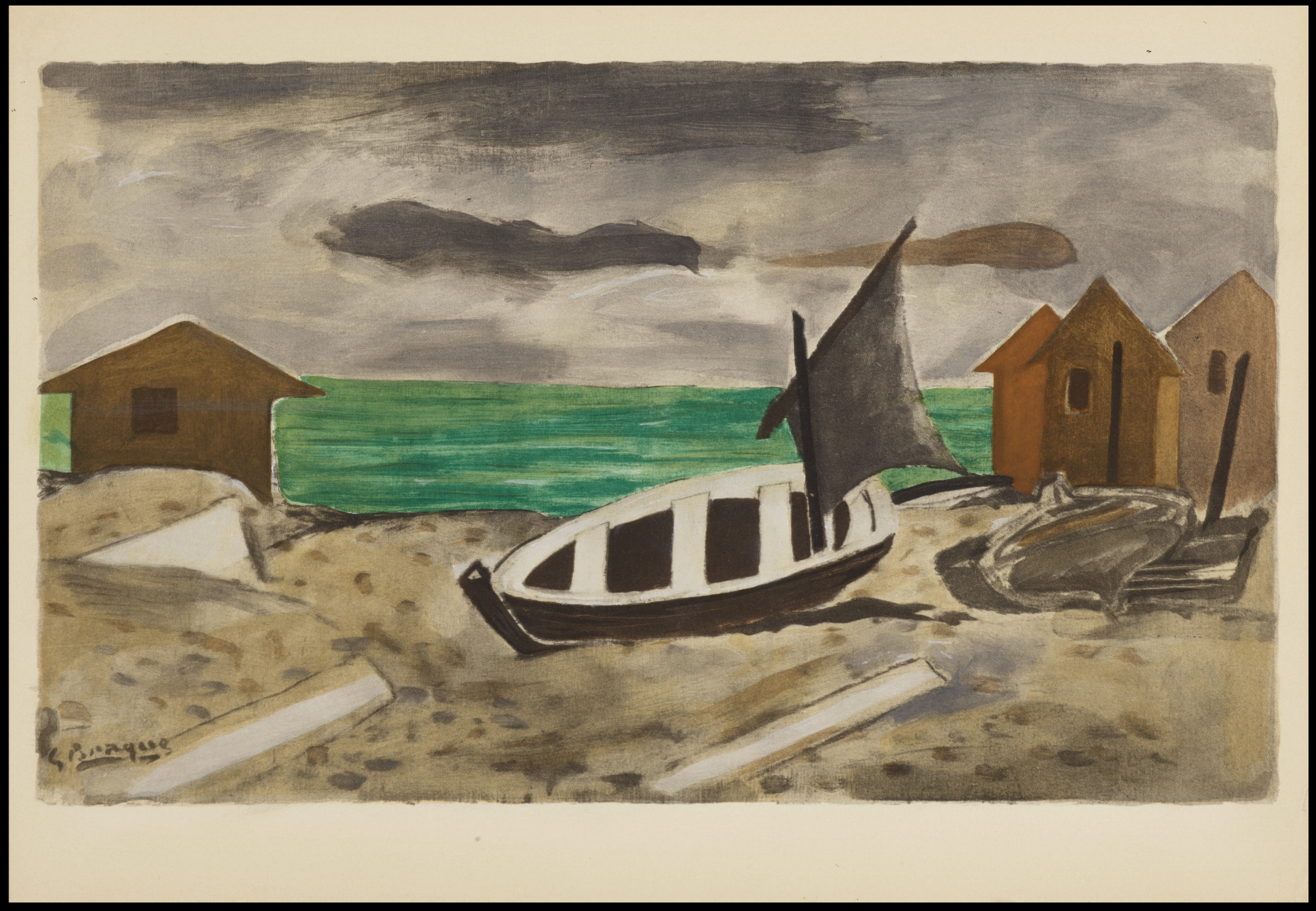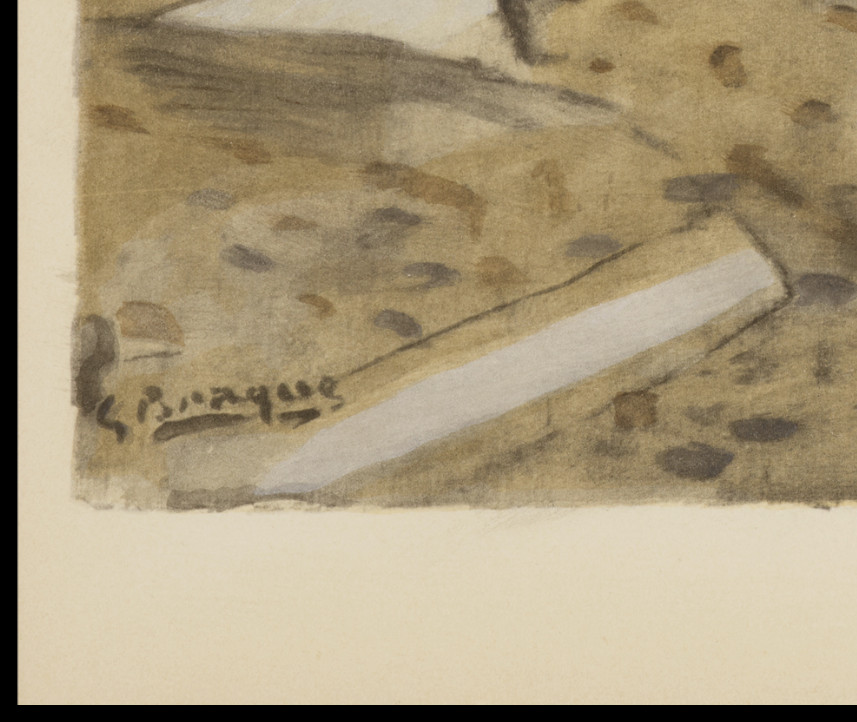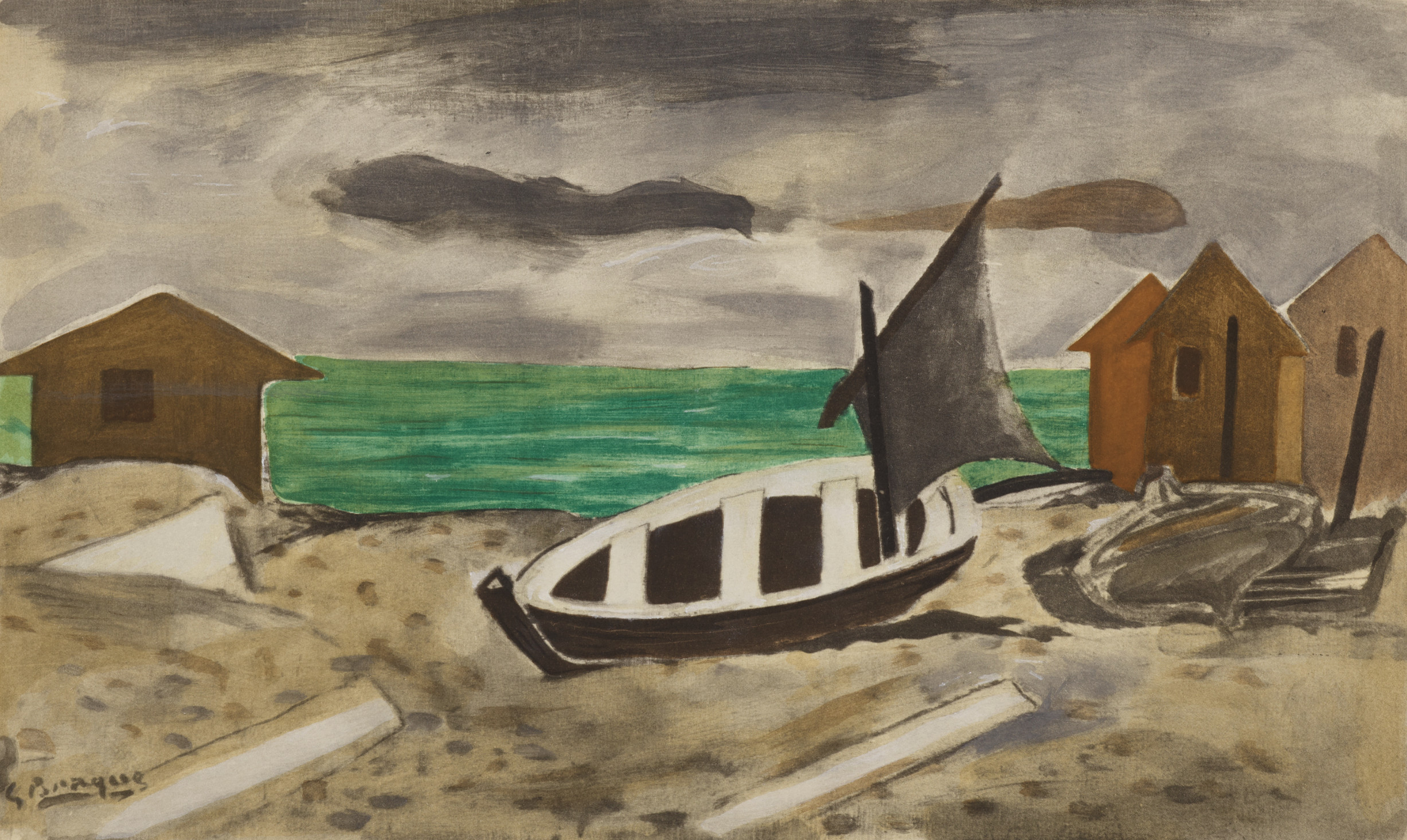-
-
- Alex Katz(2)
- Alexander Calder(16)
- André Derain(83)
- Andy Warhol(50)
- Antoni Tapiès(26)
- Arman(35)
- Bengt Lindström(8)
- Bernard Buffet(231)
- César(13)
- Charlotte Perriand(9)
- Claude Weisbuch(49)
- Corneille van Beverloo(16)
- Eduardo Chillida(7)
- François Morellet(1)
- Georges Braque(79)
- Gustav Klimt(6)
- Hans Bellmer(18)
- Hans Hartung lithograph(26)
- Henri Matisse(200)
- Hervé Télémaque(6)
- Jacques Villeglé(3)
- Jean Cocteau(198)
- Jean Hélion(10)
- Jean Miotte(1)
- Jean Picart Le Doux(3)
- Joan Miro(113)
- Julio le Parc(1)
- Karel Appel(1)
- Keith Haring(9)
- Ladislas Kijno(3)
- Léonard Tsugouharu Foujita(53)
- Leonor Fini(106)
- Louis Toffoli(7)
- Marc Chagall(481)
- Marie Laurencin(47)
- Maurice de Vlaminck(83)
- Maurice Utrillo(22)
- Max Ernst(37)
- Mimmo Rotella(5)
- Niki de Saint Phalle(8)
- Pablo Picasso(408)
- Peter Klasen(7)
- Philippe Pasqua(4)
- Pierre Alechinsky(52)
- Pierre Soulages lithographs(32)
- Pierre Tal-Coat(6)
- Pierre-Yves Trémois(36)
- Raoul Dufy(56)
- Robert Combas(8)
- Salvador Dali(447)
- Théo Tobiasse(4)
- Tony Soulié(10)
- Valério Adami(30)
- Victor Vasarely(17)
- Yves Brayer(34)
- Zao Wou-Ki(16)
Top artists -
-
-
-
- Alex Katz(2)
- Alexander Calder(16)
- André Derain(83)
- Andy Warhol(50)
- Antoni Tapiès(26)
- Arman(35)
- Bengt Lindström(8)
- Bernard Buffet(231)
- César(13)
- Charlotte Perriand(9)
- Claude Weisbuch(49)
- Corneille van Beverloo(16)
- Eduardo Chillida(7)
- François Morellet(1)
- Georges Braque(79)
- Gustav Klimt(6)
- Hans Bellmer(18)
- Hans Hartung lithograph(26)
- Henri Matisse(200)
- Hervé Télémaque(6)
- Jacques Villeglé(3)
- Jean Cocteau(198)
- Jean Hélion(10)
- Jean Miotte(1)
- Jean Picart Le Doux(3)
- Joan Miro(113)
- Julio le Parc(1)
- Karel Appel(1)
- Keith Haring(9)
- Ladislas Kijno(3)
- Léonard Tsugouharu Foujita(53)
- Leonor Fini(106)
- Louis Toffoli(7)
- Marc Chagall(481)
- Marie Laurencin(47)
- Maurice de Vlaminck(83)
- Maurice Utrillo(22)
- Max Ernst(37)
- Mimmo Rotella(5)
- Niki de Saint Phalle(8)
- Pablo Picasso(408)
- Peter Klasen(7)
- Philippe Pasqua(4)
- Pierre Alechinsky(52)
- Pierre Soulages lithographs(32)
- Pierre Tal-Coat(6)
- Pierre-Yves Trémois(36)
- Raoul Dufy(56)
- Robert Combas(8)
- Salvador Dali(447)
- Théo Tobiasse(4)
- Tony Soulié(10)
- Valério Adami(30)
- Victor Vasarely(17)
- Yves Brayer(34)
- Zao Wou-Ki(16)
Top artists -
-
Georges BRAQUE (after) - À Varengeville (1956), 1959 - Lithograph/pochoir
À Varengeville (1956), 1959
Lithograph/pochoir in colors on Arches paper.
Signed in the plate lower left.
Dimensions :
+ Size of the sheet : 33 x 46 cm / 13 x 18,1 in
Printed by "Ateliers Daniel Jacomet" after a 1956 Georges Braque's painting.
Published in 1959 by Éditions d'Art du Lion, Paris / Boston Book and Art Shop, Boston.
Size edition : 1000
In very good condition
Pochoir produced under the artist supervision for the portfolio "Douze contemporains" (Jacques Lassaigne. Paris, 1959).
Dimensions :
- Height : 33 cm
- Width : 46 cm
Stencil :
The stencil is a printing technique made using a cover (in zinc for example) that prevents paint or ink from flowing. The stencil is then applied to the printed proof by etching, lithography, screen printing or phototyping. Many stencils must be traced and cut to obtain an accurate reproduction of the work.
 Georges Braque :
(1882-1963) is one of the founding fathers of Cubism. The artist grew up in Le Havre before coming to Paris in 1900. He turned to Fauvism in 1905 and exhibited the next year at The "Salon des Indépendants".
Braque met Picasso at the "Bateau-Lavoir" in 1907 by means of Apollinaire. Both artists share an admiration for Cézanne. Giving up landscape for still life, Braque collaborated with Picasso in the formulation of "analytical" then "hermetic" Cubism doctrines. From 1912, the invention of the "papiers collés" allowed him to reintroduce color which became independent from shape ("Still life with violin", 1912). As a pioneer, he was the first to introduce in his works the printing letter, to use the combs to paint, fake wood, and to add sand, sawdust and nail to the painting surface.
His mobilization in 1914, marked his separation from Picasso. Braque then essentially dedicated himself to still life. From 1928, the artist lightened his palette and the purchase of his Varengeville-sur-mer property near Dieppe in 1930, announced the reappearance of the landscape in his painting. On the other hand, World War II, inspired his darkest paintings. He died in Paris in 1963.
Georges Braque :
(1882-1963) is one of the founding fathers of Cubism. The artist grew up in Le Havre before coming to Paris in 1900. He turned to Fauvism in 1905 and exhibited the next year at The "Salon des Indépendants".
Braque met Picasso at the "Bateau-Lavoir" in 1907 by means of Apollinaire. Both artists share an admiration for Cézanne. Giving up landscape for still life, Braque collaborated with Picasso in the formulation of "analytical" then "hermetic" Cubism doctrines. From 1912, the invention of the "papiers collés" allowed him to reintroduce color which became independent from shape ("Still life with violin", 1912). As a pioneer, he was the first to introduce in his works the printing letter, to use the combs to paint, fake wood, and to add sand, sawdust and nail to the painting surface.
His mobilization in 1914, marked his separation from Picasso. Braque then essentially dedicated himself to still life. From 1928, the artist lightened his palette and the purchase of his Varengeville-sur-mer property near Dieppe in 1930, announced the reappearance of the landscape in his painting. On the other hand, World War II, inspired his darkest paintings. He died in Paris in 1963.
-
Create an alert
Create an alert
Please subscribe to our free alert service to be notified when a similar item is available on the website.
This item is not available. Please click on « View the catalog » to see similar items available.
